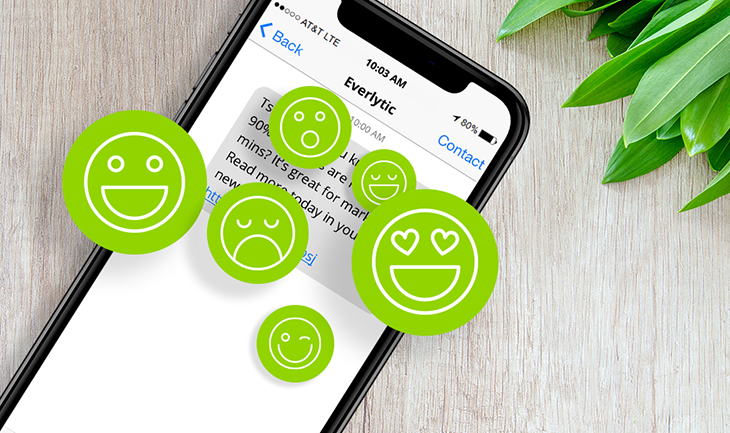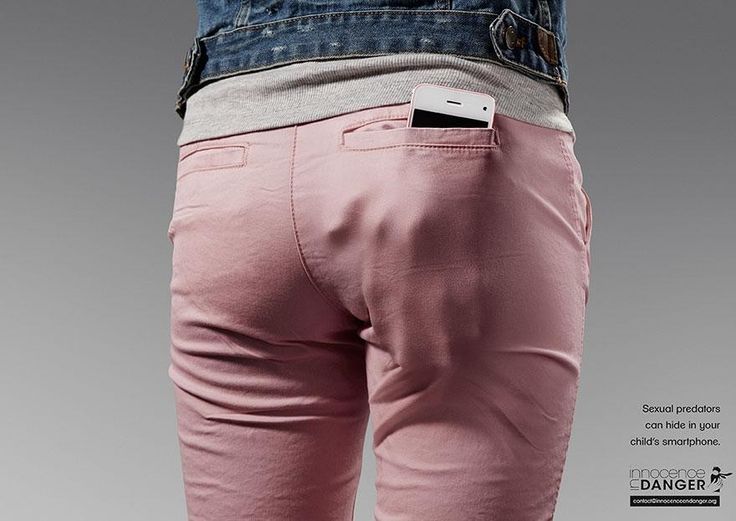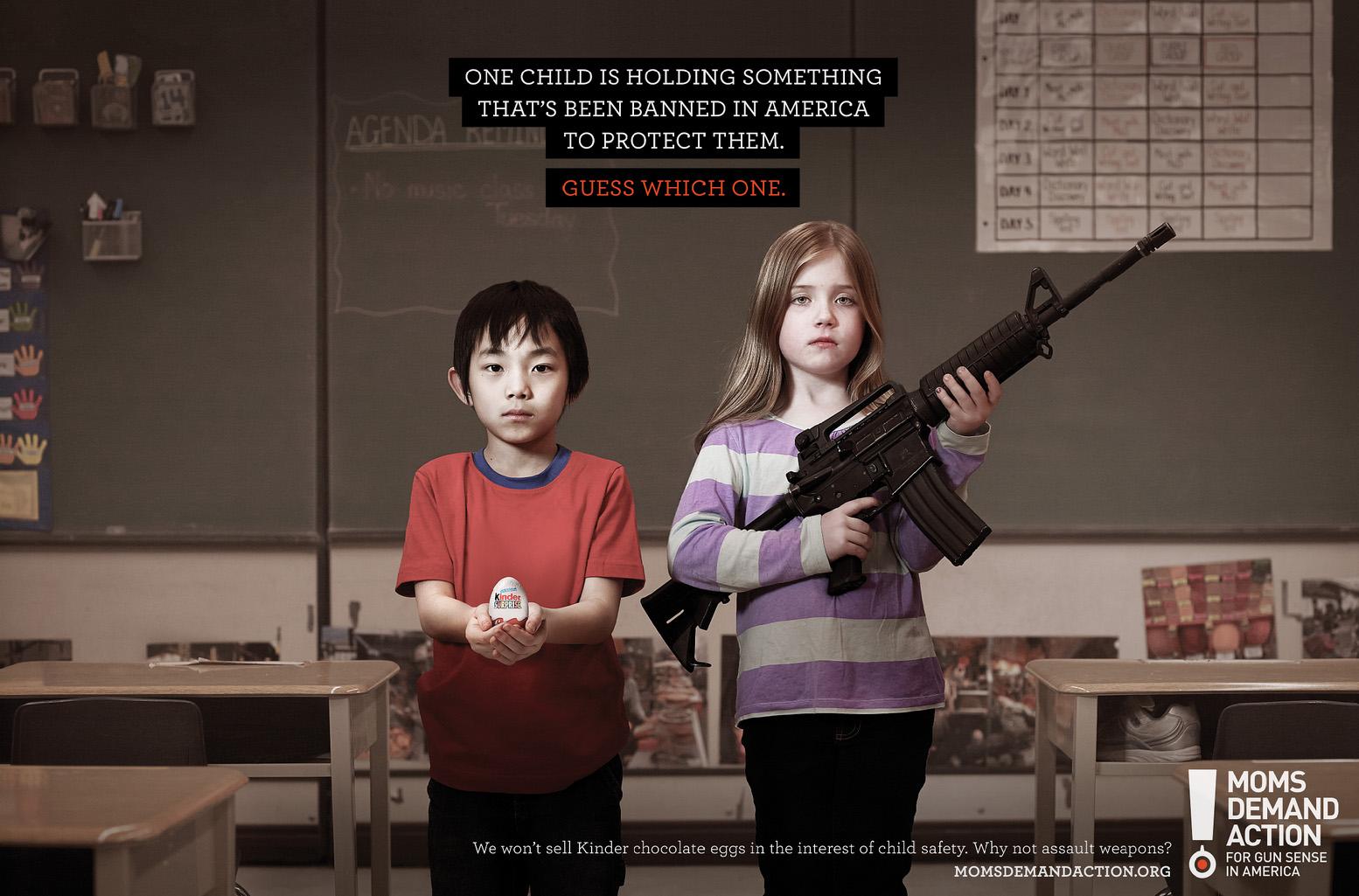We’re all rational beings, right? Wrong. Most of our decisions are made with a healthy dose of emotion. At least the kinds of decisions we make when buying products and services. How can emotional marketing increase sales, customer loyalty, and brand awareness in your email campaigns? Read this.

Stats on Emotional Consumerism
There’s strong evidence for the influence that emotion has on consumerism. According to Psychology Today, studies have shown that:
- Consumers primarily use emotions, rather than information when evaluating brands
- A consumer’s emotional response to an ad has a greater influence (3X more for TV ads and 2X more for print ads) on their intent to buy a product than the ad’s actual content
- Likability is the measure most predictive of whether an ad will increase sales
- Positive emotions toward a brand have far greater influence on consumer loyalty than trust and other judgments, which are based on a brand’s attributes
- Consumers perceive the same type of personality characteristics in brands as they do in other people. And just like with people, they are attracted more to some personality types than others.
This suggests that what you market, in some cases, may be secondary to how you market it.
The Impact of Our Core Emotions
There are many emotions. And, as suggested by psychologist Robert Plutchik’s Wheel of Emotions, many of them are related – stemming from eight core emotions that vary in intensity. But modern research suggests that there are actually only four core emotions:
- Happiness
- Sadness
- Fear / surprise
- Anger / disgust
Here’s how Buffer says you can use these four emotions in your marketing to get the results you want.
1. Happiness is for Sharing
One of the first emotional milestones a new-born baby reaches is the social smile – where it smiles in response to someone else’s smile. Happiness then, is something we instinctively like to share. And more and more research suggests that this is the case online too, with happiness and its related emotions being the strongest drivers for social-media sharing.
“The ‘social smile’ teaches us that our own joy increases when we offer it to others, because it forges a bond between us.”
– Abigail Posner, Head of Strategy, Google
Here’s a great example of a happy ad that you’re totally going to want to share:
https://www.youtube.com/watch?v=hzp7Ov8wqPc
.
2. Sadness is for Giving
When you see something sad, your body releases two key neurochemicals: cortisol (the stress hormone) and oxytocin (the love / empathy hormone). And, interestingly, studies suggest that the more of these hormones that you release when seeing such a story, the more likely you are to trust and donate money to its cause.

Source: inspirationroom.com
3. Fear is for Brand Allegiance
Many organisations are hesitant to use fear in their marketing – and for good reason! Nobody likes a fearmonger. But studies show that fear is surprisingly good at getting consumers to cling to something safe in a seemingly unstable world. And if you do it right, that place of safety could be your brand; generating engaged and loyal customers.
As with any stats, there are always exceptions to this rule, but the evidence does suggest that using fear strategically could work in your favour.

Source: rapidboostmarketing.com
4. Anger is for Activism
Push someone’s buttons and the first thing they’ll do is dig their heels in to retaliate. The same thing happens in marketing. But make sure you have a clear and reasonable cause for people to be angry about, so your audience doesn’t retaliate against you or get out of control. Then set your campaign free on social media, because if there’s one thing impassioned consumers do best, it’s make a cause go viral.

Source: Ads of the World
At the end of the day, we’re all human. The only way we really connect with something is when we feel it. Connect with your audience’s emotions and you’re more likely to secure a loyal and inspired following.












